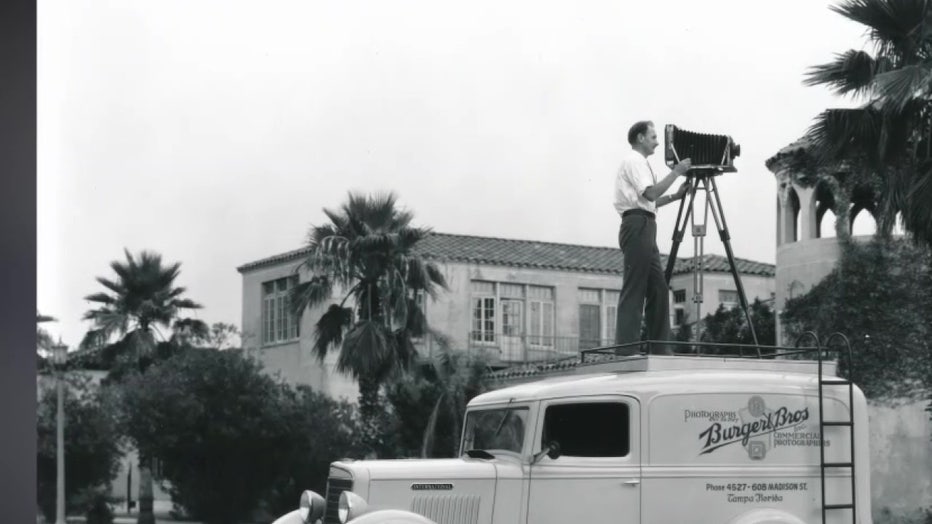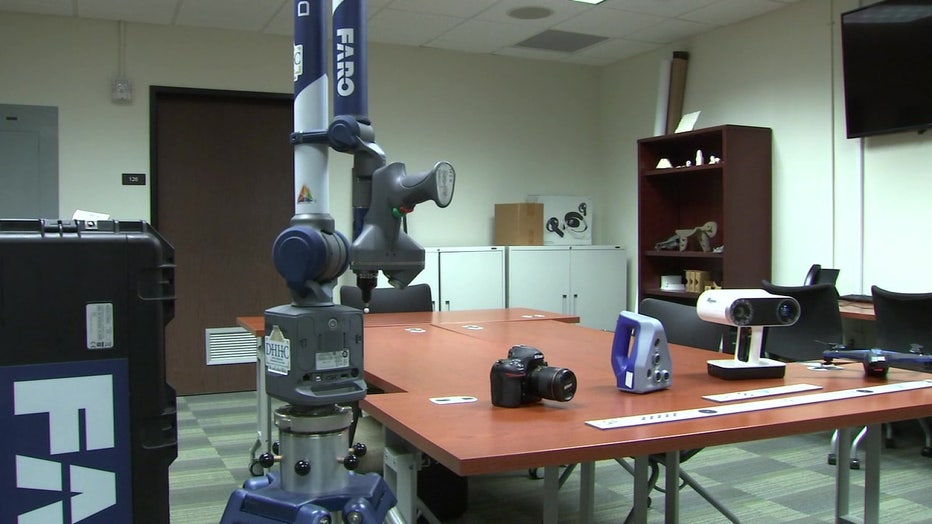USF documents historic Tampa with innovative laser scanner technology
TAMPA, Fla. - Historical pictures of Tampa are as plentiful as pirates on Gasparilla. That’s thanks, in part, to a pair of commercial photographers called the Burgert Brothers.
They took thousands of shots from 1917 through the 1960s.
"I always think if the Burgert Brothers had laser scanners they would be documenting Tampa that way," laughed Lori Collins, head of the new Center for Digital Heritage and Geospatial Information at USF.
Her team has used laser scanners and other digital equipment to make detailed images of threatened and historical sites around the world and here in Tampa.

However, only recently has this center at the USF library been given official status as the only one of its kind in Florida’s university system.
MORE: Photographer recreates iconic Burgert Brothers pictures of early 1900s Tampa
While she loves the Burgert’s photo collection as a historical resource, the images that come from her team’s laser scanners are much different.
"We can essentially do slices through a structure that allow us to forensically look at things like a CT scanner for a human body," explained Collins.

She says such detailed imagery can be critical for restoring or rebuilding structures like the Jackson House, the historic, segregation era rooming house near Union Station in Downtown Tampa. She says the digital 3-D images provide detail down to the width of a human hair.
"We need that data set to be able to work with engineers and work with architects to do things historically appropriate," added Collins.
It’s not just buildings. Other information is gathered as well, to bring context to the images.
"Who lived there? Who worked there? We’re tying it together from sources like city directories and other kinds of paper," Collins shared.
Collins and her team are adding a new, modern layer to the rich imagery of Tampa pioneered by the Burgert Brothers.

